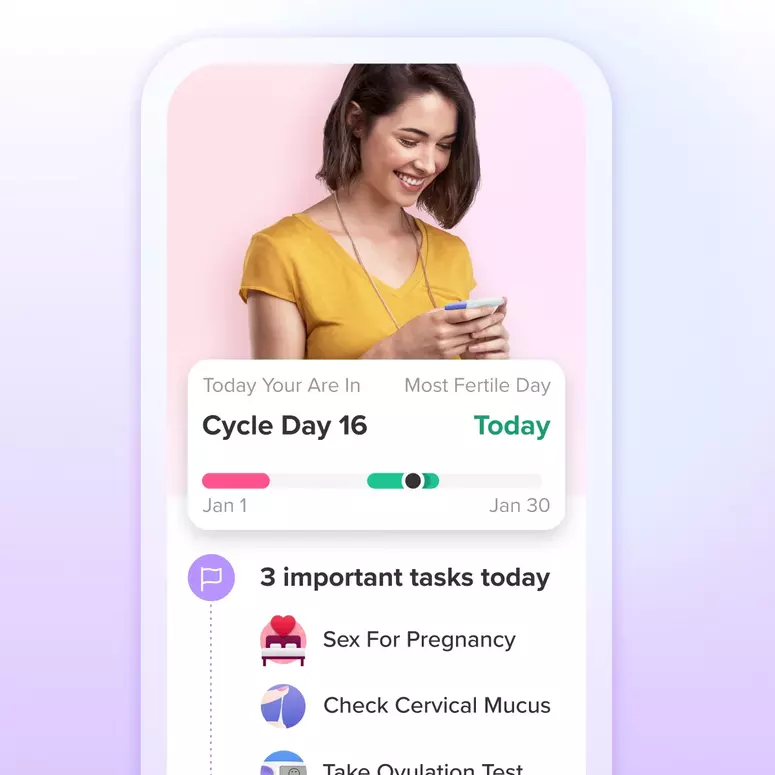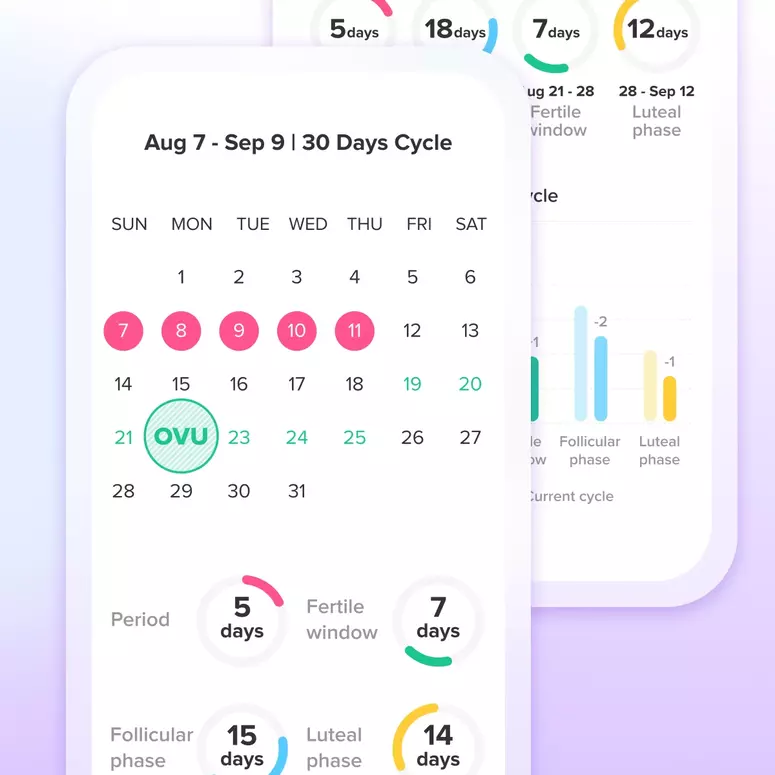Why A Squatty Potty Tops Our List Of Hospital Bag Essentials
SPONSORED CONTENT
If you're pregnant, you may be wondering what to pack in your hospital bag. For starters, congratulations on your pregnancy! As you prepare for your baby's arrival, a carefully planned hospital bag can make your stay much easier. For many of us, including myself, I packed my hospital bag thinking more about the baby instead of me. I packed diapers, wipes, onesies, and cute little outfits without the slightest thought of what my needs would be. Big mistake. So let’s rethink your visit to the delivery room! From a pelvic floor physical therapist, here are my thoughts on what should be included in packing your hospital bag and why:
- 1. The Squatty Potty
- 2. Disposable Ice Packs
- 3. Belly Binder/Supportive Underwear
- 4. Sanitary pads
- 5. Comfy clothes/Jammies
- 6. Empower Your Pelvis Post-Delivery Recovery Guide

The Squatty Potty
During pregnancy and postpartum, it is important to keep your pelvic floor muscles healthy and functioning well. These muscles support your bladder, bowels and uterus (where your baby is growing). Imagine them acting like a hammock to keep your ‘goodies’ in. We have over 20 muscles in the pelvis. These have a major impact on some of our most core body functions. Pelvic floor muscles keep fluids in when we don't want to pee and poop our pants, they let the fluid out when we are on the toilet ready to void, they help us function sexually and work with our core muscles and diaphragm for stability.
The Squatty Potty is a fabulous product that puts our bodies into the squatting position during bowel movements. It is also the number one product I recommend my pelvic floor patients pack in their hospital bag. When we sit on the toilet to have a bowel movement, the pelvic floor muscles are basically at a 90-degree angle and this makes it difficult to get our poop out. Think about a slide at the playground. It's a smoother ride down when it's a straight exit compared to the slides that twist and turn, am I right?
The Squatty Potty has been clinically tested and proven to eliminate strain by 91%, increase emptiness by 85% and decrease time spent on the toilet by 71%. It allows your knees to get higher than your hips so the pelvic floor can relax, your belly can relax, and allows poop to come out just like the straight slide mentioned above. It is also great for getting all the urine out of the bladder as well.
I recommend my patients get the original stool for their home and the Travel Squatty Potty to pack in their hospital bag for easy use at the hospital. Trust me. You will want the Squatty Potty for those first bowel movements you have after delivering your baby (use code GLOW20 for a discount). I didn't have one for my first delivery and ended up moving the laundry basket over to help me with my first post-baby poop. Oh! If you end up with a cesarean delivery, like me, make sure to place a pillow over your belly incision for support during your first couple of bowel movements. Might sound a little dramatic, but the Squatty Potty and the pillow saved my life those first couple of weeks. To read more on how the squatting posture can affect your bowel movements, check out the Squatty Potty article, Implementation of a Defecation Posture Modification Device, in the Journal of Clinical Gastroenterology.

Disposable Ice Packs
As a pelvic floor physical therapist, I prep my pregnant patients for the athletic event that we call childbirth. Think about it. You are pregnant for 9 months and go through crazy changes to have a baby. We know at the end of their 9-month marathon training (yes I call it a marathon because childbirth is long and exhausting) they will injure their muscles in some way, shape, or form. This is why I suggest packing disposable ice packs that you can pick up at the drugstore, shake up and use for 10 minutes at a time to help decrease inflammation and help with pain relief.
Belly Binder/Supportive Underwear
The third item I would pack in my bag would be supportive, postpartum underwear, or a belly binder. After you deliver your baby, it is like someone popped your abdominal balloon and your belly is stretched out, just kind of hanging there after delivery. Having a belly binder on for support is helpful when you are on your feet moving around and caring for a baby. I personally forgot these with my third delivery and asked for the abdominal binder while at the hospital and it worked well. You can do that too. Or you can purchase other brands ahead of time.
Sanitary Pads and Comfy Pajamas
With all the blood flow you will likely have after delivery, vaginal or cesarean birth, you will want to make sure you pack extra sanitary pads or adult diapers. I was completely surprised by this one when I was in the hospital and I would have loved some of my own products to use in conjunction with what the hospital provided. Oh! And pack some comfy clothes or jammies to walk around the hospital in. Keep it casual, it's not a fashion show. As a physical therapist, we do want you to walk around the hospital before you leave to go home.
Empower Your Pelvis Post-Delivery Recovery Guide
All types of deliveries should see a pelvic floor physical therapist after childbirth. This will help make sure your pelvic floor coordination, strength, stability, mobility, and function are working well. There are numerous things you can do to benefit your body and encourage recovery after delivery. My final favorite product to pack in a hospital bag is our Empower Your Pelvis Post-Delivery Recovery Guide. This guide is full of posture tips, proper body mechanics, and exercises to improve pelvic floor and core healing. These are in postcard form to pack in your hospital bag and PDFs you can print or save on your phone or tablet.

I hope this information has been helpful! Take it from a mother of 3, a well thought out hospital bag will improve your delivery experience dramatically.
If you're pregnant and have any questions or concerns about your pelvic floor health, be sure to speak with a pelvic floor physical therapist. For more information on pelvic floor health, please visit our website at www.empoweryourpelvis.com.
Best of luck! Dr. Amanda Fisher, PT, DPT
Founder/ Owner of Empower Your Pelvis
Achieve your health goals from period to parenting.




